Why is My Cat Peeing in the Water Bowl and Food Bowl?
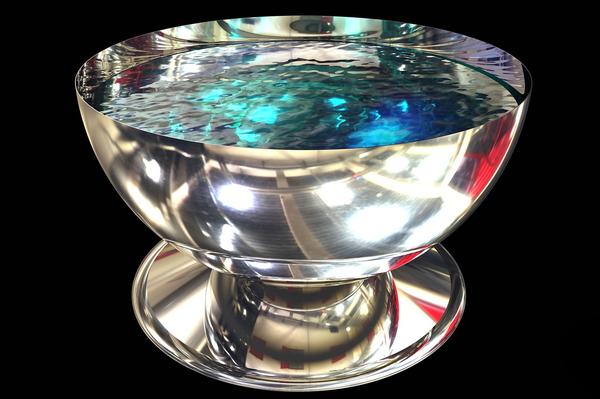
Let me know if you agree:
Dealing with a cat peeing in your water and food bowl is enough to make anyone want to scream. 🙀
I mean, seriously?
Just when you finally think you've got your cat's routine down, they go and throw a wrench in it.
It's enough to make you want to pull your hair out.
But guess what?
We're in this together.
So, let's dive in and figure out why your furry friend is turning your bowls into a toilet bowl.
Possible Medical Causes for Cat Urinating in Food and Water Bowl
Cats peeing in their food and water bowls is messy and frustrating, I get it.
But why do they do that?
Let's talk about some possible medical reasons:
- Urinary tract infections (UTIs): UTIs make cats pee outside the litter box. You might notice things like blood in their urine, struggling to pee, or pain while peeing.
- Feline lower urinary tract disease: It's a fancy term for conditions affecting your cat's urinary system. This can lead to inappropriate urination.
- Diabetes: Cats with diabetes drink and pee more often, so they might use their bowls as a bathroom. Convenient, huh?
- Allergies: Cats can be allergic to food or environmental stuff, which can make them pee more.
- Kidney disease: If your cat has kidney disease, they'll drink and pee a lot. So, it's more likely for them to pee in their bowls.
Keep this in mind:
These health issues need help from a vet.
While medicines and special food might temporarily fix the problem, they might not fix what's really wrong.
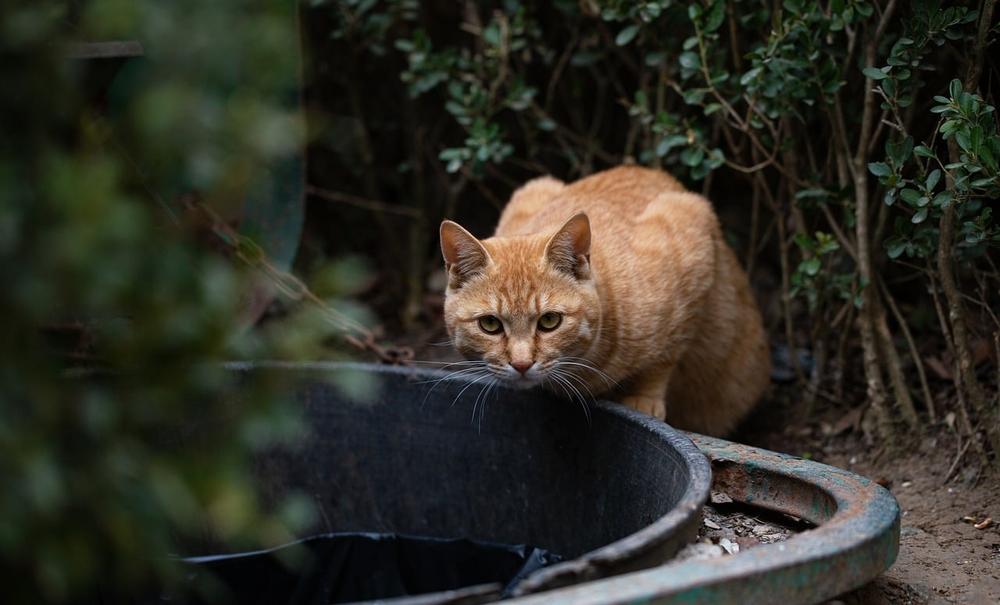
If your cat keeps peeing where they shouldn't, go see your vet and find out why.
You should act fast, especially if your cat seems uncomfortable or gets recurring UTIs.
Proper diagnosis and treatment for any underlying health problems are crucial for your cat's happiness.
So, remember, if your cat keeps peeing in the wrong places, take them to the vet to rule out any health issues and find a solution that works for both of you. ✨
Main points I'll expand upon further down this article:
- Cat urination issues can be caused by territorial behavior and stress.
- Neutering and introducing a new cat can intensify territorial marking.
- Additional litter boxes can reduce territorial marking if cats get along.
- Psychological and behavioral factors can lead to house soiling.
- Avoid punishments or negative reinforcement.
- Litter box aversions may develop due to environmental changes or dislike of litter.
- Diseases and conflicts with other cats can result in aggressive behavior.
- Spend more time with your cat and offer comfort and playtime.
- Create a calm and safe environment, reduce stressors.
- Proper hygiene and cleanliness in food and water areas is crucial.
And it gets worse...
Territorial marking behavior and psychological factors can also contribute to cats urinating in their food and water bowls.
But what about other causes?
Let's dive deeper into the behavioral and psychological aspects that may be behind this frustrating issue...
Understanding Cat Urination Issues: Territorial and Behavioral Causes
Neutering or spaying can help reduce territorial marking
You know, cats like to claim their territory. It's natural for them to mark their space.
This behavior, known as "territorial marking," can result in cats urinating in their food and water bowls.
It's like they're saying, "Hey, this bowl is mine... Don't forget it."
One common reason behind territorial marking is when a cat isn't neutered or spayed.
Yup, those hormones really amp up their desire to own everything.
Another trigger for territorial marking is the introduction of a new cat into the household. Yeah, it becomes a turf war between felines. The resident cat might feel threatened by the newcomer and start peeing in their food bowl just to assert dominance.
That's a bold move, I have to admit.
House soiling: not always a medical issue
Sometimes when cats pee in inappropriate places (like their food bowl), it's not because of some underlying medical problem.
Nope, there could be psychological and behavioral factors at play here.
For instance, stress and anxiety can lead to house soiling.
Plus, if you have a strong urge to mark your territory (we've already discussed this), you might end up peeing near your food or catnip areas.
That's more of a psychological or behavioral issue rather than a medical one.
Oh, and let me tell you something – punishing or using negative reinforcement is definitely not a good idea.
Trust me on this, it'll only make the problem worse.
Litter box aversions and conflicts with other cats
Aversion to the litter box can also be a reason why cats pee in their food and water bowls.
Maybe you had a bad experience in there, or perhaps you just don't like the type of litter that's being used.
As we all know, cats can be picky creatures.
And then there are diseases and conflicts with other cats.
Sometimes, aggressive behavior or peeing in water can be signs of these issues.
It's like you're trying to hide the evidence or something.
So, if you find yourself peeing in your food bowl, it's time to investigate both territorial and behavioral factors.
Don't worry, you'll figure it out. Trust me on this one.
You can find helpful solutions for preventing cats from peeing in plants in my article Cat Peeing in Plants.
I understand that dealing with this issue can be frustrating and concerning for you.
That's why I highly recommend checking out this guide, where I provide effective tips and strategies to help you maintain a peaceful and urine-free environment for both you and your feline friend.
Take control of the situation and learn how to prevent this behavior today!
Addressing Stress and Anxiety-Related Reasons for Cat Urinating in Food and Water Bowl
Is your cat peeing in their food and water bowls? 😿
It could be a sign of stress or anxiety. But don't worry, there are things you can do to tackle this issue and ensure it doesn't happen again.
Let's dive into some useful tips:
- Spend more time playing with your cat and giving them mental stimulation. This will help them feel less stressed and anxious.
- Get interactive toys that will keep your cat engaged and help them relax. Comfort and playtime are important for their well-being.
- Use enzymatic cleaners to get rid of the urine smell outside the litter box. This reduces the chances of repeat incidents.
- Create a calm and safe environment by avoiding sudden changes in routine or introducing new pets. Minimize stressors for your cat.
- Put the litter box in a quiet and low-traffic area. Avoid noisy zones that might add to their stress levels.
- Synthetic pheromone sprays can have a calming effect on cats. Consider using them to create a soothing atmosphere.
- Keep your cat occupied and content by having regular playtime sessions and providing mental stimulation activities.
By implementing these tactics, it is possible to foster a calm atmosphere for your feline companion and reduce the chances of them experiencing urinary mishaps.
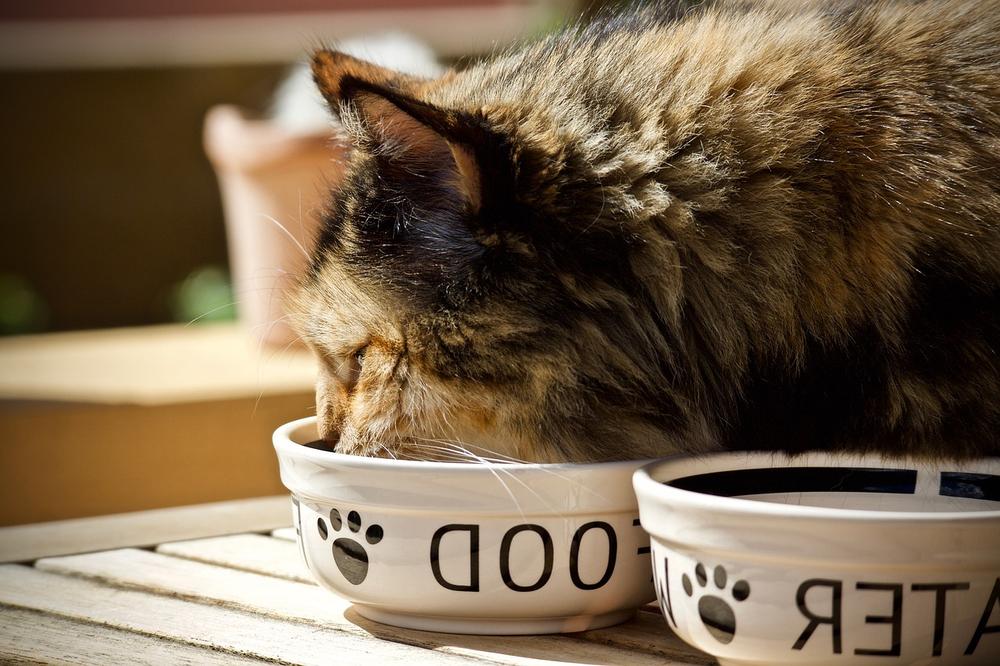
If you're frustrated and concerned about your cat knocking over their food bowls, I highly recommend checking out Why Do Cats Knock Over Their Food Bowls. Discover how to stop this behavior and provide a solution for both you and your curious feline friend.
But what if your efforts to address stress and anxiety-related reasons for your cat urinating in their food and water bowls don't seem to work?
Well, there might be other factors at play that require further investigation.
Let's explore some additional considerations that can help you prevent this behavior from happening again...
Tips to Prevent Cat From Peeing in Food and Water Bowl
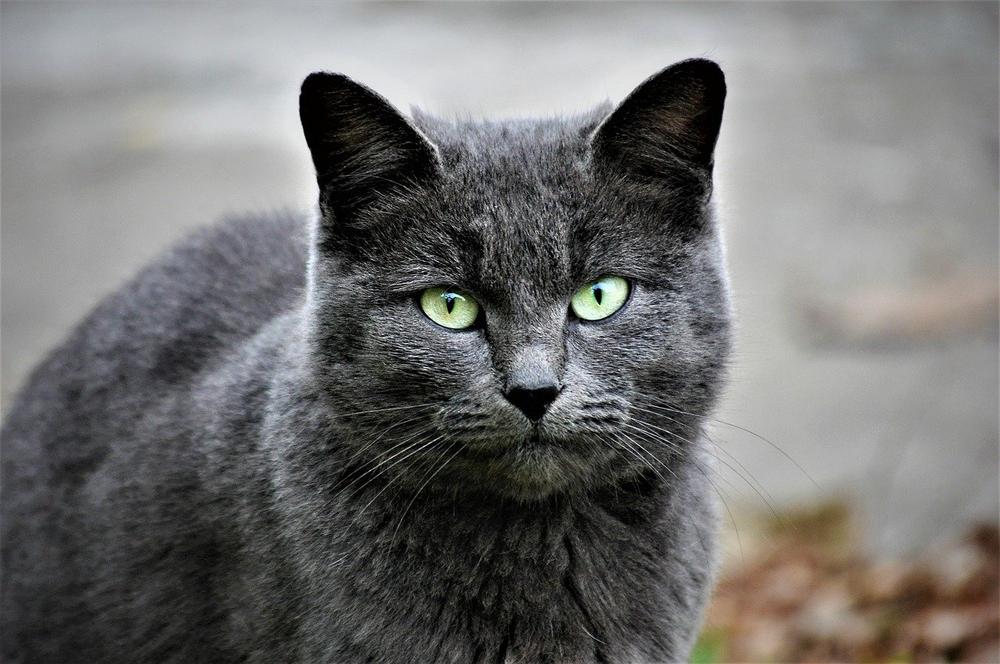
If you don't want your cat to pee in their food and water bowls, here are 11 tips for you:
- Keep the litter box clean and easy for your cat to access all the time.
- Figure out what's causing this behavior so you can deal with it properly.
- If you have more than one cat, give each of them their own litter box.
- Teach your cat again by putting her in a room with only food and litter.
- Talk to other people who've gone through the same thing and get their advice.
- Using water fountains might discourage cats from peeing in their bowls.
- But know that water fountains can be pricey and might not fix the real issue.
- Pay attention to how the water tastes and smells for your cat.
- If the water is hard, it might bother your cat, so switch to filtered or distilled water.
- A little bit of salt added to the water could also help.
- Above all, be patient and consistent when handling and solving this problem.
By following these tips, you can stop your cat from peeing in their food and water bowls while fostering good habits. 😺
Steps to Ensure Proper Hygiene in Cat's Food and Water Area to Prevent Urination
Clean the food and water bowls daily.
Use mild soap and warm water to maintain proper hygiene in your cat's food and water area.
This simple task helps prevent urination issues. By keeping bowls clean, you eliminate any lingering scents that may attract your cat to urinate where they shouldn't.
Place the litter box in a busy area of your house, away from social spaces. Create separate feeding areas that are secure and separate from the litter box.
To discourage further incidents, position snacks strategically where your cat has misbehaved. Increase the number of litter boxes available and experiment with different types of litter.
Cats are very clean creatures, so make sure you clean their water bowl thoroughly when dealing with this behavior. When cleaning urine spots, use an enzyme-based cleaner to effectively eliminate the scent.
If necessary, consider replacing porous materials.
How to Keep Your Cat's Litter Box Clean to Prevent Urinating in Food and Water Bowl
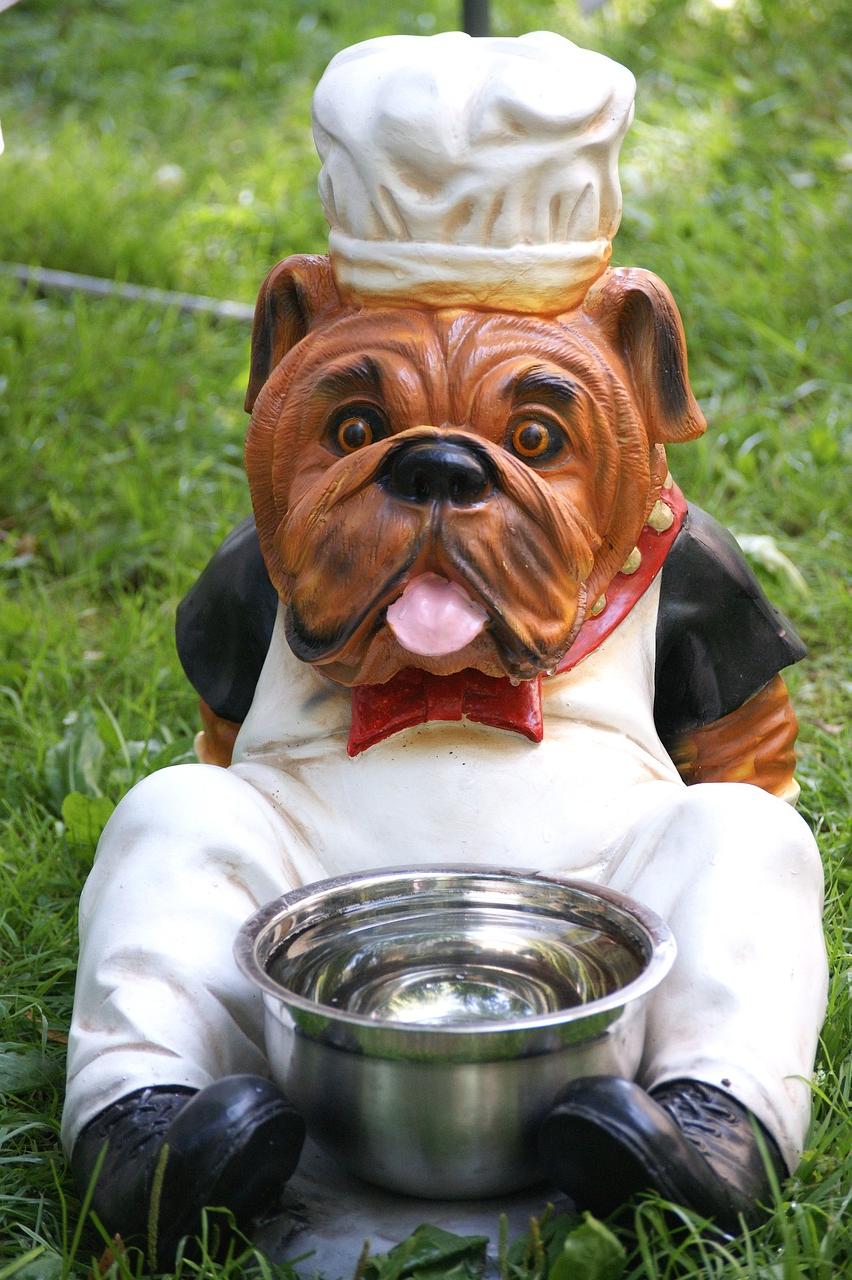
To keep your cat's litter box clean and prevent them from peeing in their food and water dishes, follow these tips:
- Scoop the box every day - this will keep it clean and stop your cat from finding other places to pee.
- Change the litter every 1-2 weeks - this way, your cat always has a fresh and tidy space.
- Have multiple litter boxes - especially if you have multiple cats or if they're not getting along.
- Try different types of litter - figure out what your cat likes best.
- Experiment with different locations for the litter box - your cat might have a favorite spot.
- Make sure the litter box is spacious - cats like privacy when they do their business.
- Consider having an extra litter box per cat - it can be really helpful.
- Keep the litter box clean on a regular basis - no smell and easy access are important.
- Use a cat fountain - moving water might encourage your cat to drink more and could help avoid urine problems.
- Always have enough preferred litter available - don't run out, accidents happen.
By adhering to these instructions, you will create a tidy and comfortable setting for your feline friend, while simultaneously curbing any undesirable urination tendencies.
And that wraps up today's article.
If you wish to read more of my useful articles, I recommend you check out some of these: Why Cat Hump Blanket, Why Is My Pregnant Cat So Mean and Aggressive, Pregnant Cat Pooping Everywhere, and Why Does My Cat Sit in the Bathtub
Talk soon,
-Sarah Davis